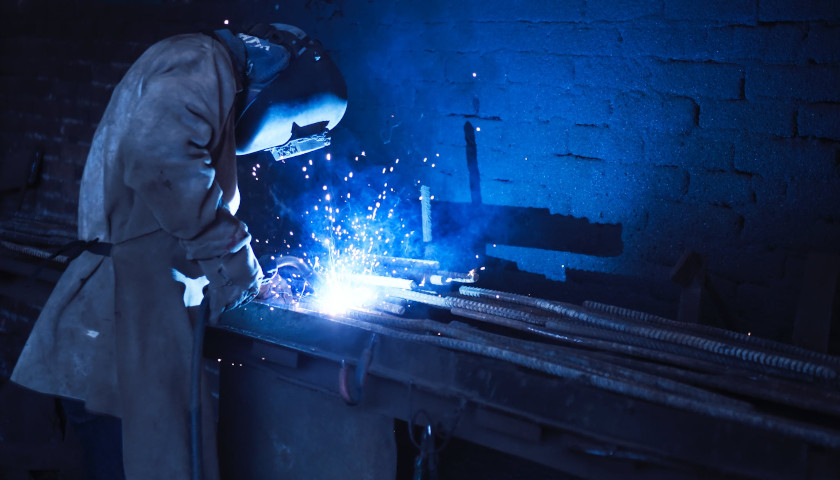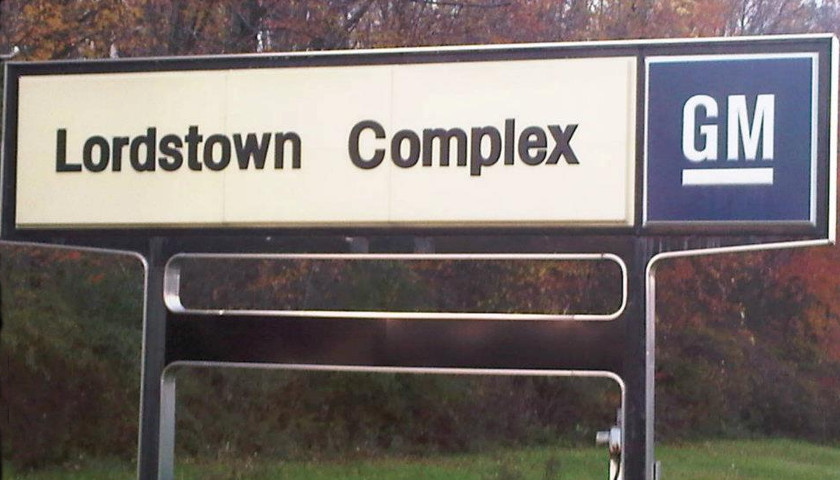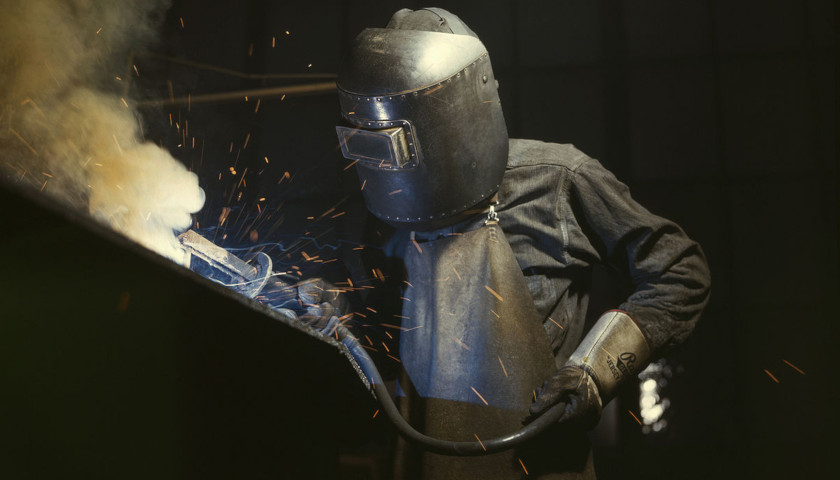There is no doubt that the events of Saturday, July 13, 2024, were monumental by virtue of how close we came to the course of our history being altered for the worst. No one understands that better than President Trump himself, who is now determined to shape our destiny for the better and on his terms.
As such, the vice presidential selection of Ohio Senator J.D. Vance shows that, while President Trump is undoubtedly shaken by a not-too-distant past, he is already looking toward the future.
Read the full story








